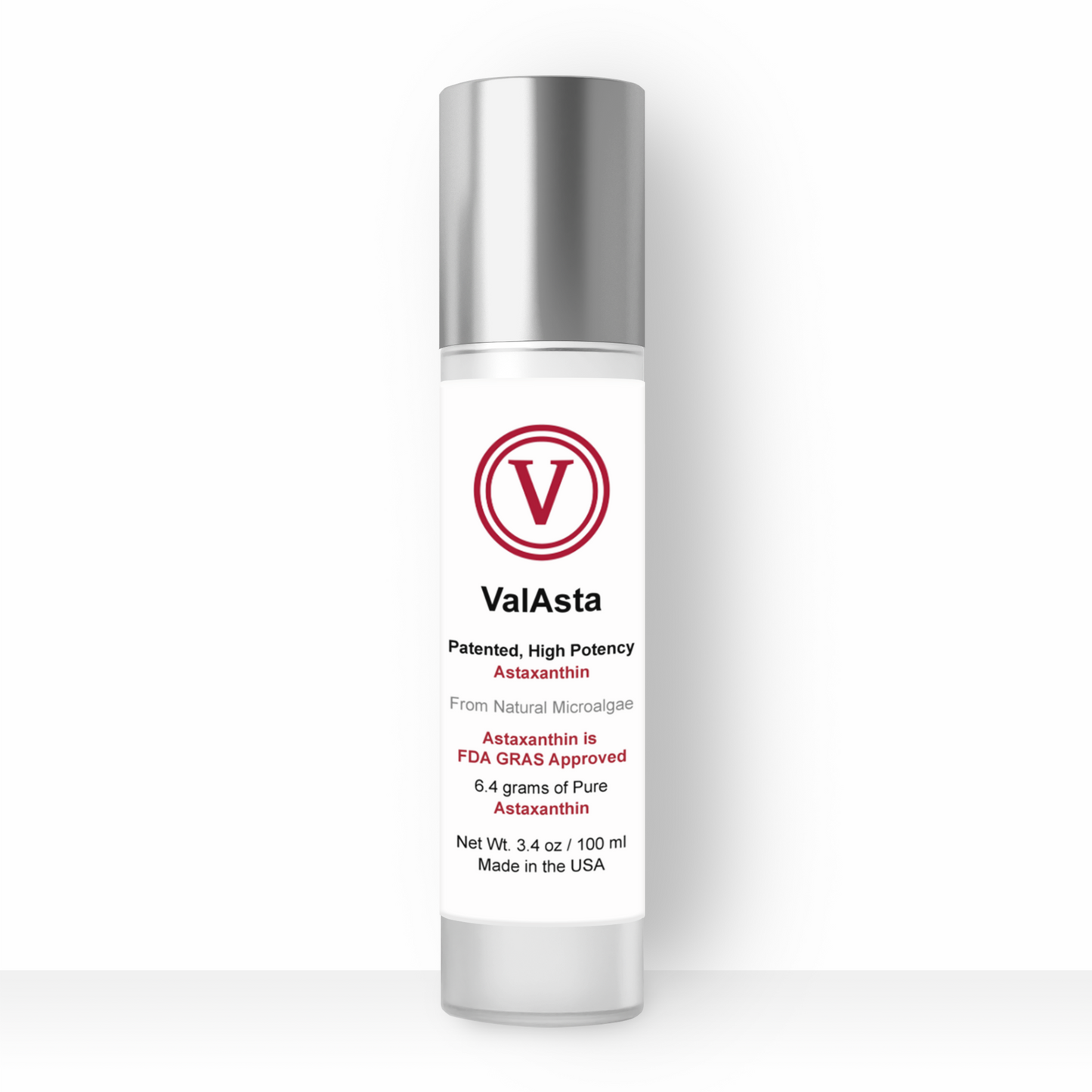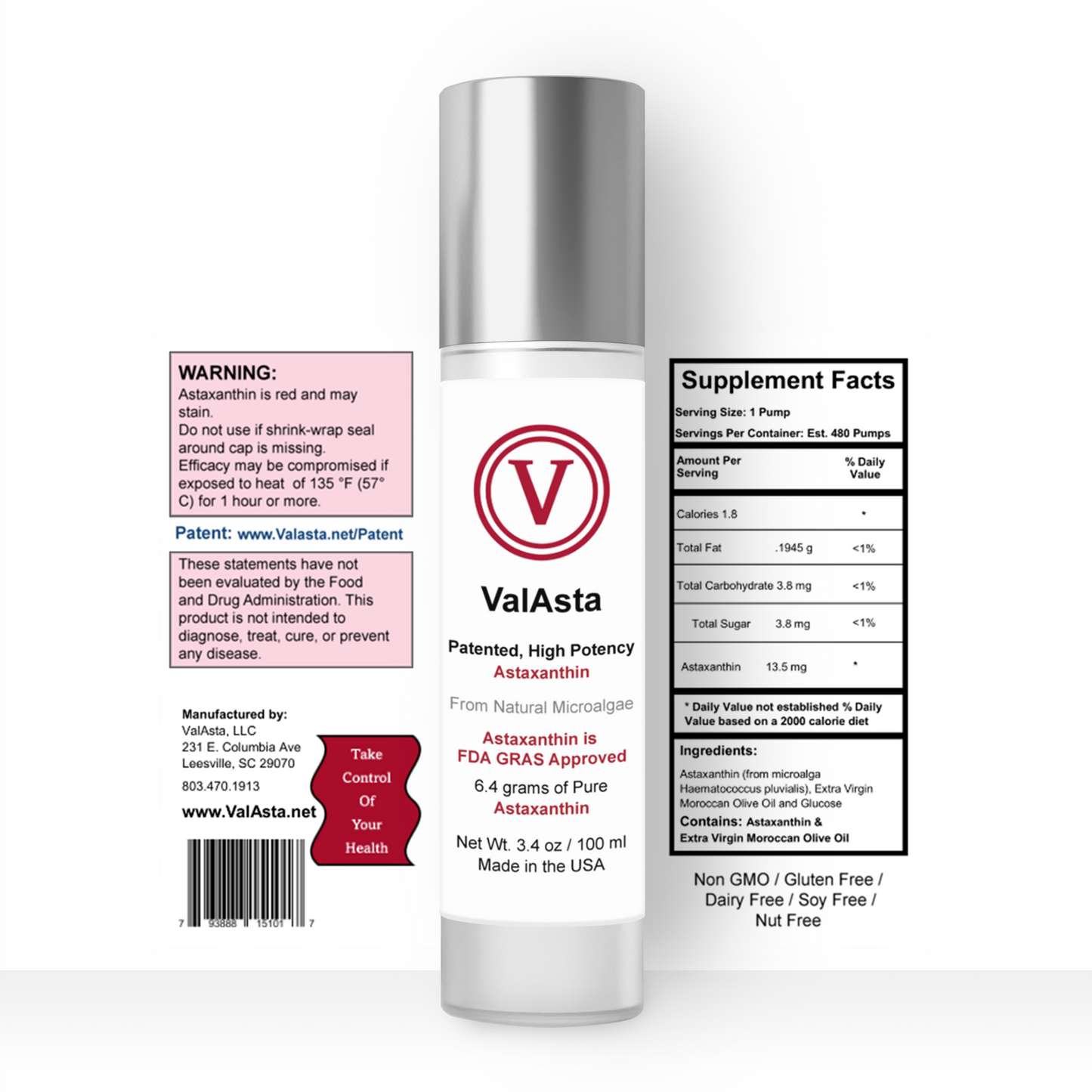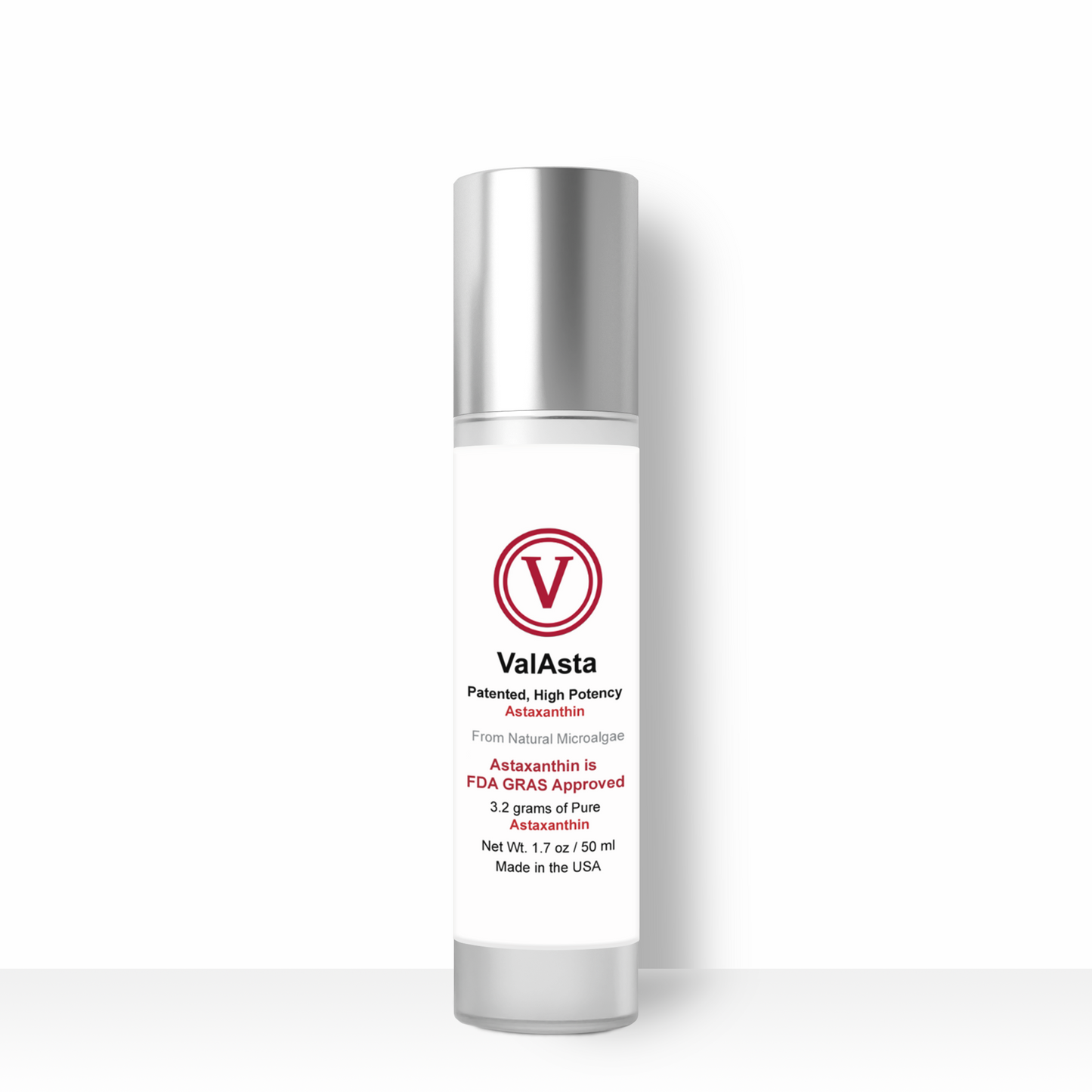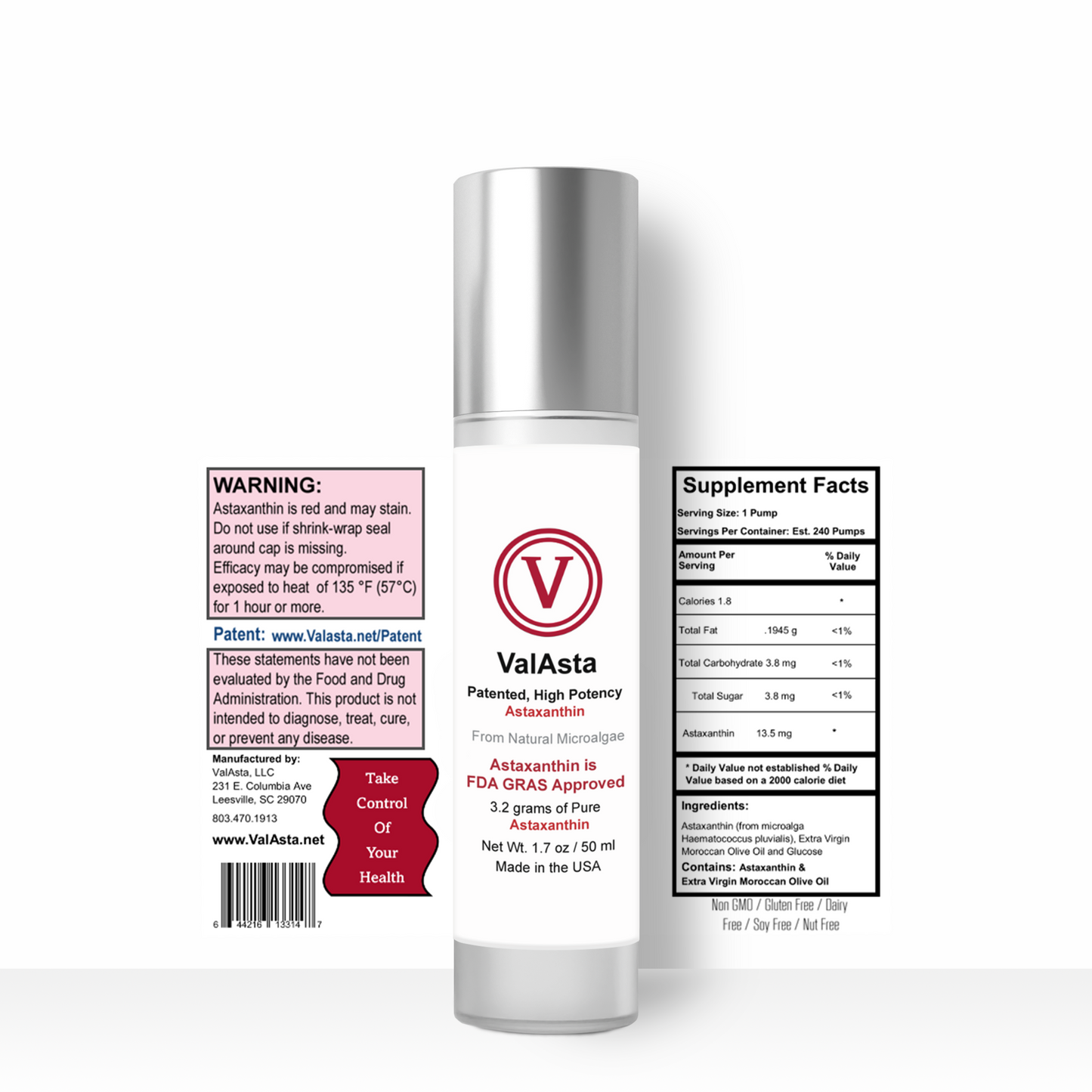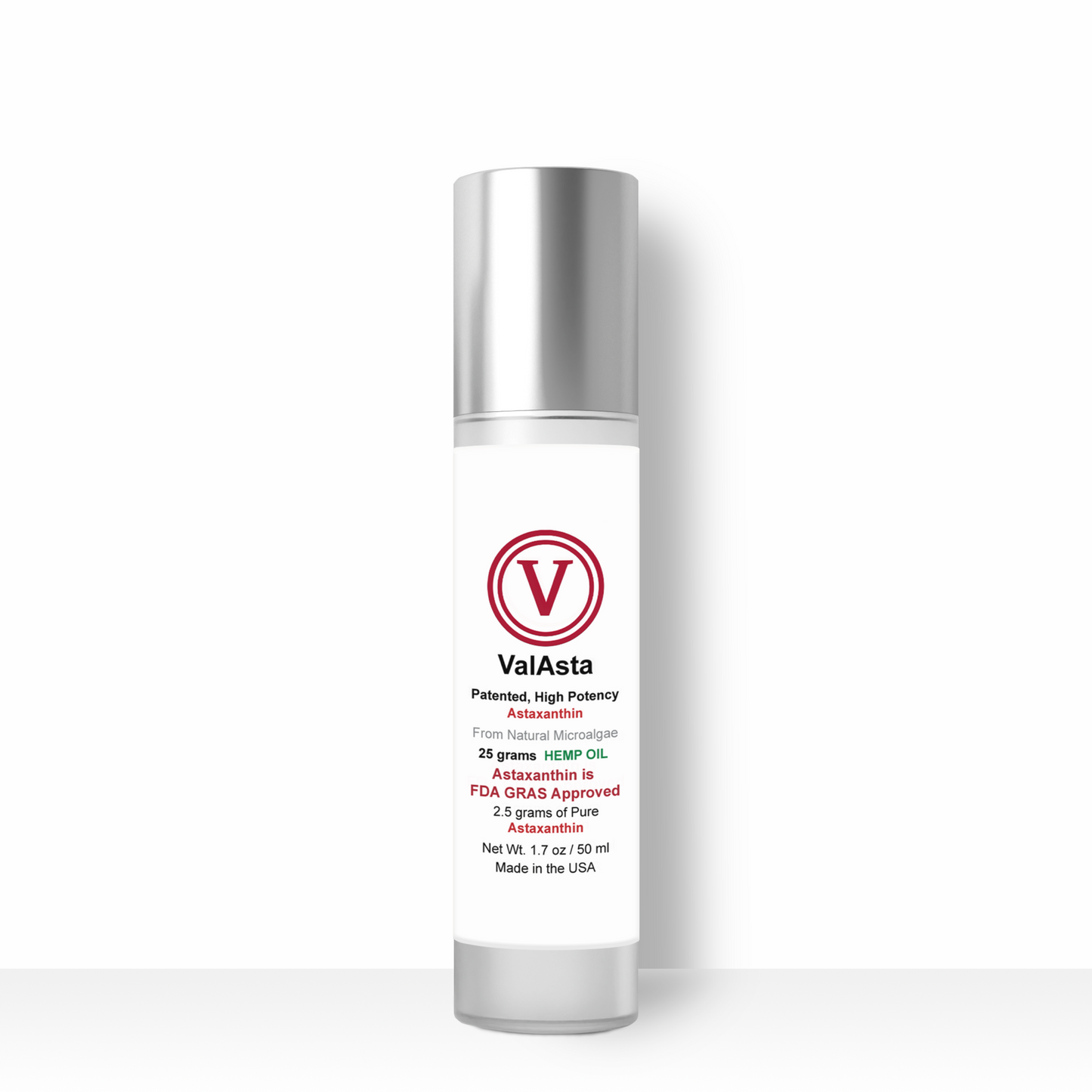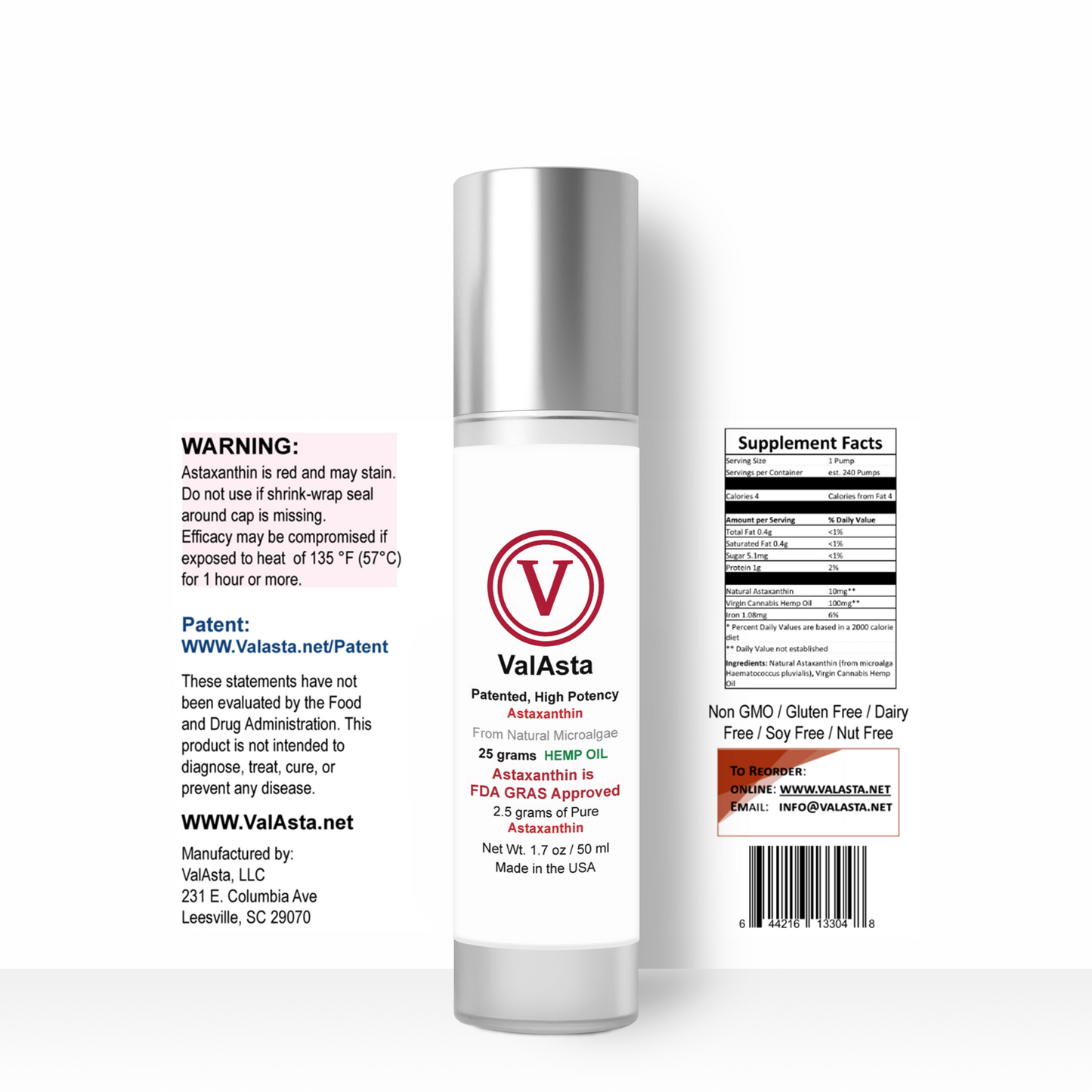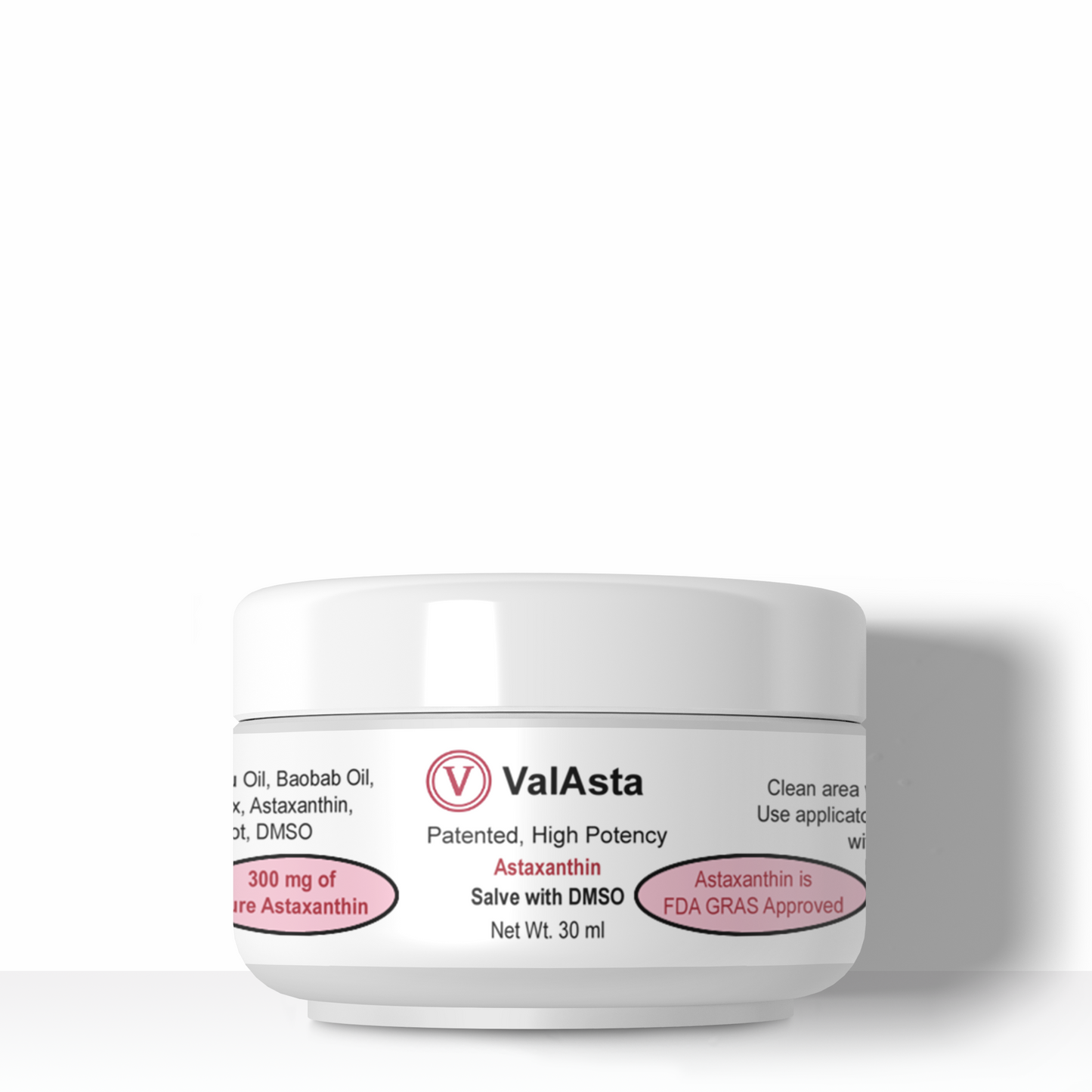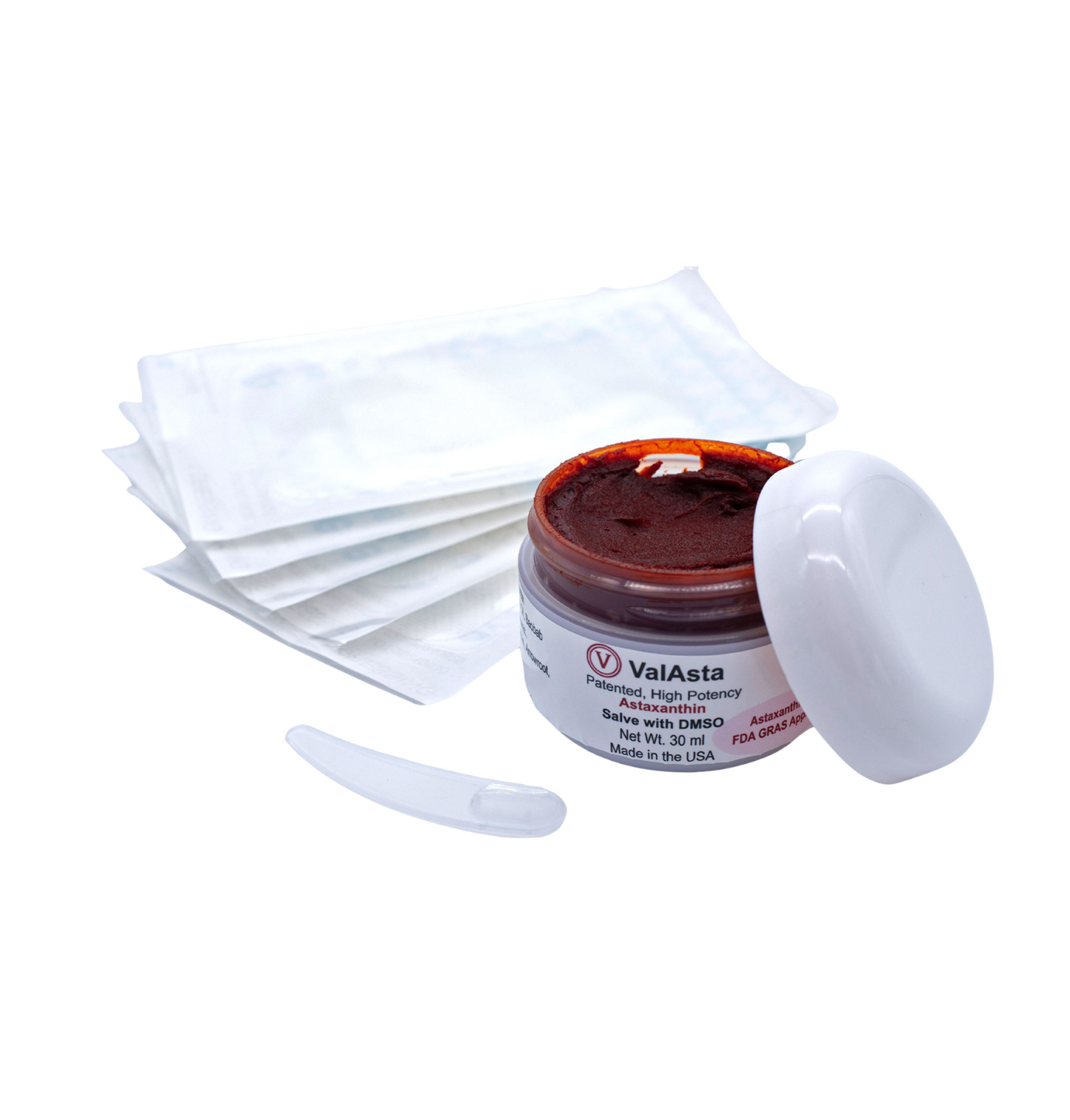Extreme Athletes
Reactive oxygen (ROS) and nitrogen species (RNS) are produced during exercise and are fundamental stressors that can promote improvements in athletic performance and overall health. During periods of heavy exercise training in those under 40 years of age, a vast system of interrelated endogenous antioxidant compounds (i.e., superoxide dismutase, catalase, glutathione peroxidase) are normally present to manage the Oxidative Stress resulting from aerobic exercise. This system can prevent and delay the oxidation of biomolecules through removing, deactivating, and preventing the formation of ROS and RNS, collectively known as RONS.
When exercise produces more free radicals (ROS) than can be neutralized by the antioxidant compounds, chronic inflammation and excess lactic acid buildup will occur. This will cause a state of oxidative stress. Consequently, lipid, protein and nucleic molecules may become damaged, with potentially detrimental impacts on normal physiological function leading to increased risk of inflammatory diseases, i.e. cancer, heart disease, arthritis, inflammatory breast cancer (IBC), Alzheimer’s and Parkinsons. The intake/ingestion of exogenous antioxidants has, therefore, become common practice in both recreationally active and athletic populations, however most brands offer severe limitations due to inefficient absorption and the neutralizing capacity of the antioxidants.
The most effective natural antioxidant known is ValAsta. ValAsta is a glucosidic form of Astaxanthin. This Patented Product (#11,065,269) not only reduces the inflammation associated with exercise, but also reduces the production of lactic acid and its effects. This protects against inflammatory diseases, such as: arthritis, sore joints and joint damage, inflammatory breast cancer, damaging UV radiation exposure and melanoma, etc.
It is crucial to keep your inflammatory disease state in “check”. This can be accomplished through a blood test called high density C-Reactive Protein (hs-CRP). To eliminate or reduce inflammatory diseases, your hs-CRP must be maintained below 3mg/l. This can now be accomplished by oral consumption of ValAsta.
ValAsta has the potential to be a useful nutritional strategy for athletes at risk of muscle fatigue and respiratory illness. Athletes on a high-antioxidant diet, or who consume ValAsta, may have increased protection against both training- and pollution-induced respiratory illness.
In general, antioxidants are known to play a role in modifying inflammation of the airways outside the athletic community. A study of asthmatic individuals in the general community examined the role of a high antioxidant diet versus low antioxidant diet (Wood et al. 2012). In this study, the low antioxidant diet led to a worsening of two commonly used measures of asthma severity (percentage of predicted forced expiratory volume in one second, and percentage of predicted forced vital capacity, increased the concentration of the inflammatory marker C-reactive protein in serum, and reduced the time to acute asthma exacerbation compared with those on the high antioxidant diet (Wood et al. 2012). Importantly, this study also demonstrated the benefit of whole-food antioxidant intakes. Increasing the intake of ValAsta has been shown to reduce hs-CRP, thereby indicating a huge benefit in reducing exercise induced inflammation and chronic disease.
ValAsta has helped with many other common inflammatory conditions:
Shop ValAsta
Is Astaxanthin Safe?
The safety of astaxanthin administered orally was assessed in a medical trial undertaken in healthy adults. Volunteers were administered astaxanthin or placebo for eight-weeks. The authors concluded that healthy adults could safely consume natural astaxanthin.
In another study, high concentrations of astaxanthin were tested with blood taken from volunteers, 8 of whom were taking aspirin and 12 who were not. Even medical grade concentrations of astaxanthin had no adverse effects.
No significant side effects have been reported so far in published human studies in which astaxanthin was administered to humans.
Are There Any Side Effects?
- Astaxanthin has been classified as a generally safe supplement in the USA.
- ValAsta is 100% natural and has no serious side effects.
- The only side effects we have observed are a slightly reddish stool and in rare cases some stomach discomfort.
Benefits of ValAsta
- The only Patented astaxanthin for treatment of diseases.
- The world’s strongest natural anti-inflammatory.
- The world’s strongest natural antioxidant.
- 6000 x stronger than vitamin C
- Used to reduce chronic inflammation.
- Used as an anti-ageing supplement.
- Used as a health & fitness supplement.
- Protects health at a cellular level.
- Neutralized free radicals or ROS.





















